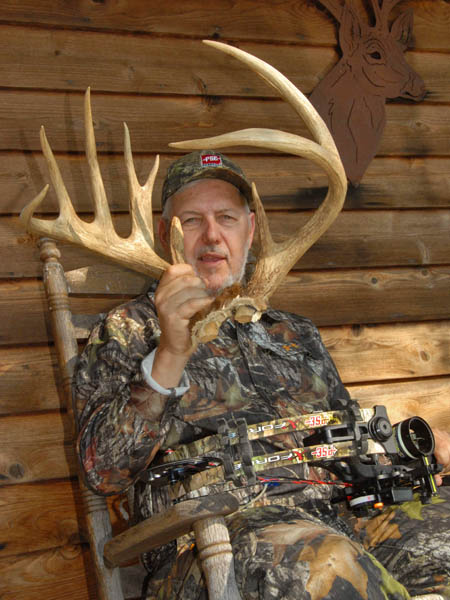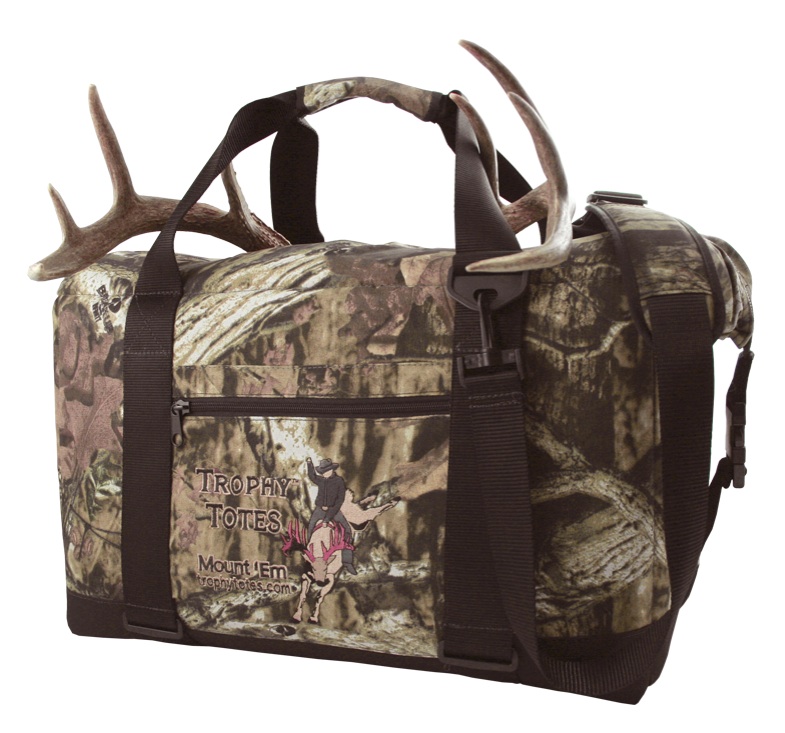John Phillips | updated November 22, 2017

Twenty years of research, including 35,000 hunter days and statistics from the National Weather Service about the weather conditions on both morning and afternoon hunts, brings us all startling new information about when deer move.
Hunters often wonder if deer move when it's windy, if deer are more active when it's cold and if it's worth it to go deer hunting in the rain.
Dr. Bob Sheppard of Tuscaloosa, Alabama, with the help of the hunters and the staff at Bent Creek Lodge in Jachin, Alabama, gives us some dramatic new information that will change many of our beliefs about when deer move.
According to Dr. Sheppard:
“Our research from hunters on deer sightings and deer harvest over a 20-year period, with hunters hunting mornings and afternoons, was merged with the National Weather Service data on weather conditions for each day these hunters hunted. Once we had the data, we then began to look at the weather conditions that caused deer to move, be seen and be harvested.
"We wanted to know what kind of weather conditions optimized the likelihood of deer getting up out of their beds and walking around, so bowhunters could see them and take them during daylight hours. We were really surprised by some of the data and what we learned.
"The most important factor that increases the likelihood of a deer moving in daylight hours is temperature. Basically, the colder the weather is, the better your odds will be for seeing deer.
"The amount of cloud cover or the lack of cloud cover is the second most important factor impacting deer movement. Rainy weather isn’t good. Cloudy skies are somewhat better for spotting deer movement. A clear sky is the best day to hunt, with bright, clear, cold days the most productive.
"The third factor impacting deer movement has surprised all of us associated with the study. Wind velocity plays a major role in whether deer move or don’t move. I expected to see a bell-shaped curve relationship with wind speed. I thought a calm day with no wind wouldn’t be good for causing deer movement. I assumed really strong winds with possible wind speeds of 30 to 40 mph wouldn’t be good days to hunt. I initially thought that wind speeds of 12 to 15 miles per hour would be the best days to hunt. But in our statistics, we’ve seen a linear relationship. In other words, the harder and the faster the wind blows, the more deer sightings and deer kills we recorded during that 20 years.”
The Ideal Day for Hunting Deer Based on Dr. Sheppard’s Hunter Study: 
An ideal day for hunting deer will be a cold day with clear skies and high wind velocities. You’ll need a close shot, so you won’t have arrow drift in a hard, blowing wind. Dr. Sheppard never has attempted to draw conclusions on why these three factors tend to cause deer to move. However, certain things seem reasonable. According to Dr. Sheppard:
“On cold days, deer need more food than on days that aren’t so cold, and possibly they may stay warmer by walking around than lying in their beds.
“On clear, windy days, deer can’t hear sounds in the woods as well as they can on still, quiet days. On clear days with plenty of sunshine, they can see approaching predators better than they can on cloudy, overcast or rainy days.”
But as Dr. Sheppard emphasizes, “These are just my opinions. I’m not really concerned about why these three factors cause deer to move.”
Moon Phase affects deer movement, too, and is another important factor to consider when determining when to go deer hunting. For more information about Dr. Sheppard’s research and hunting tactics, go to his webpage at www.bobsheppard.com.



























